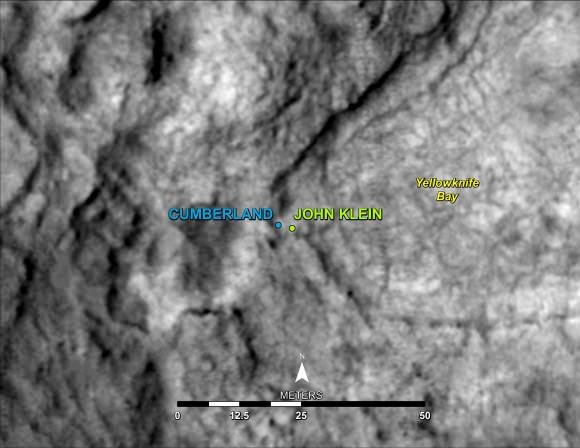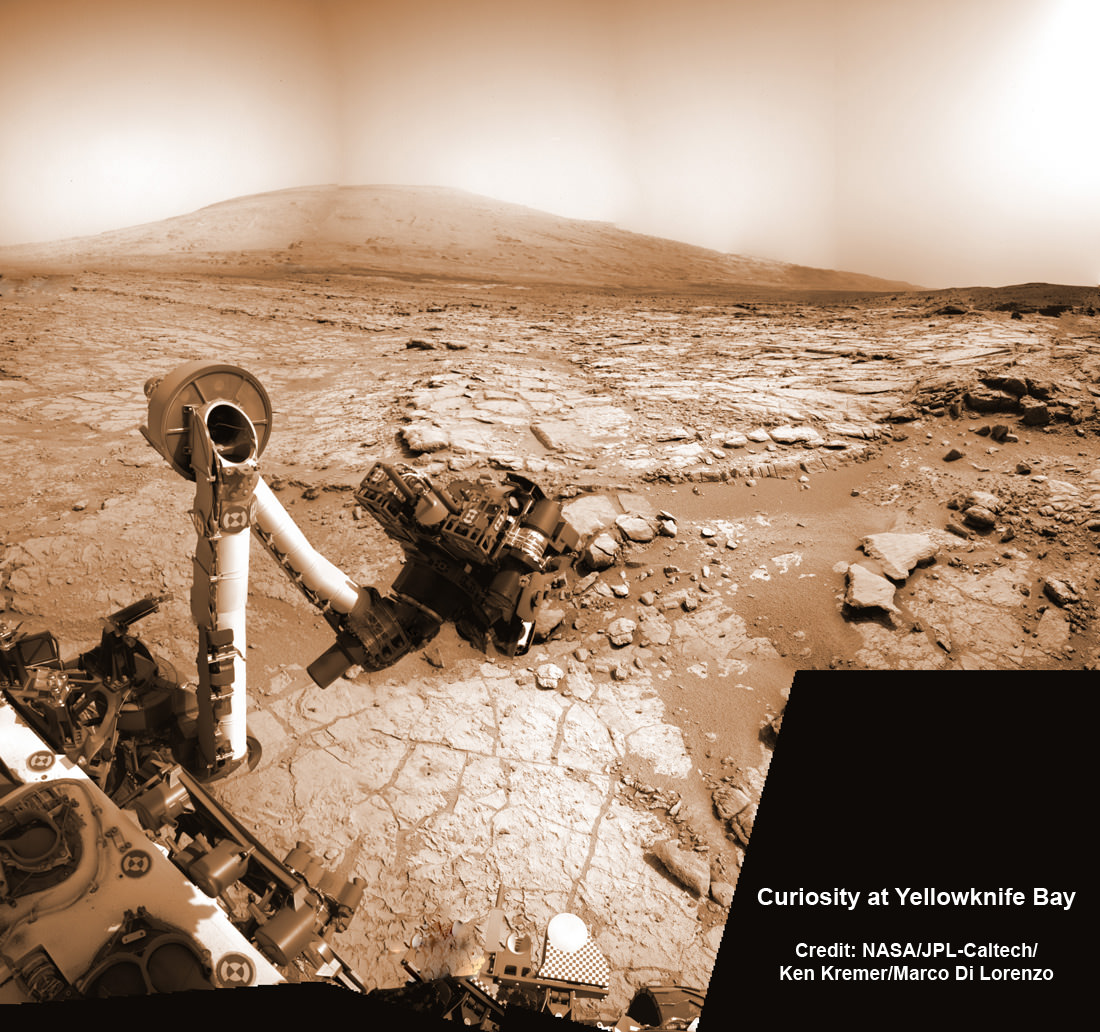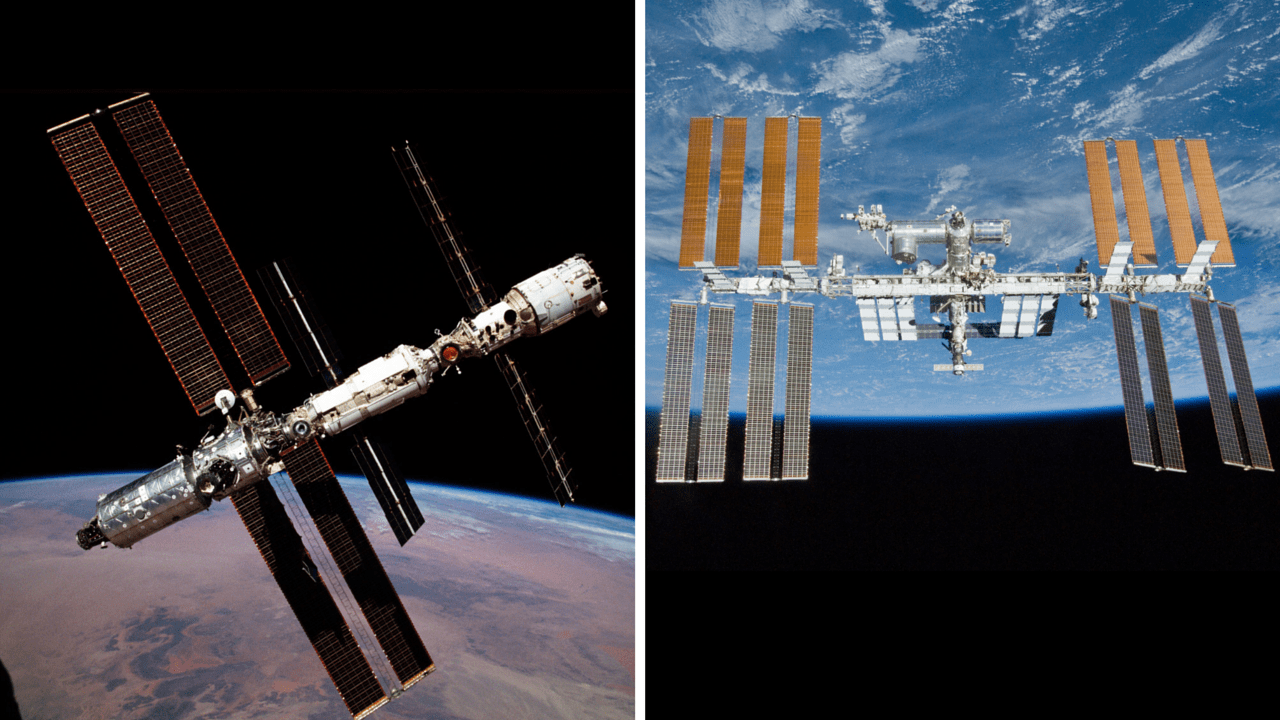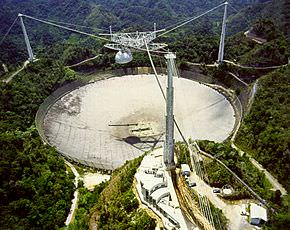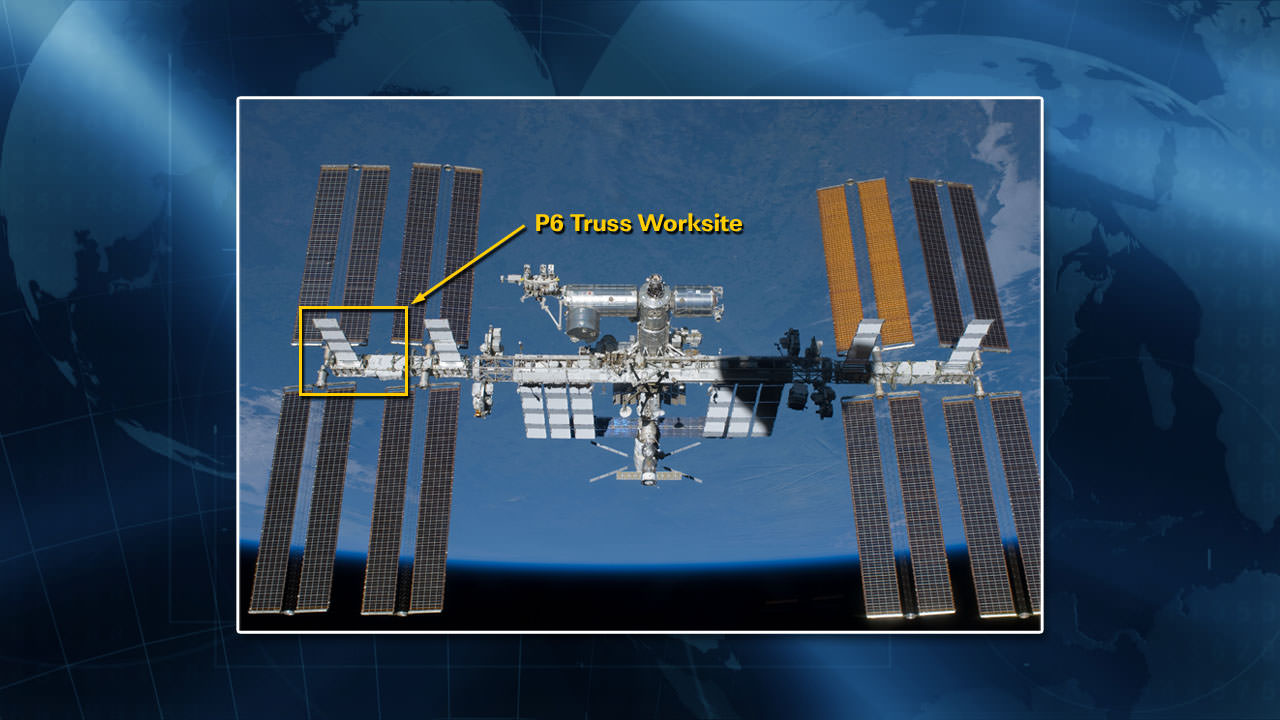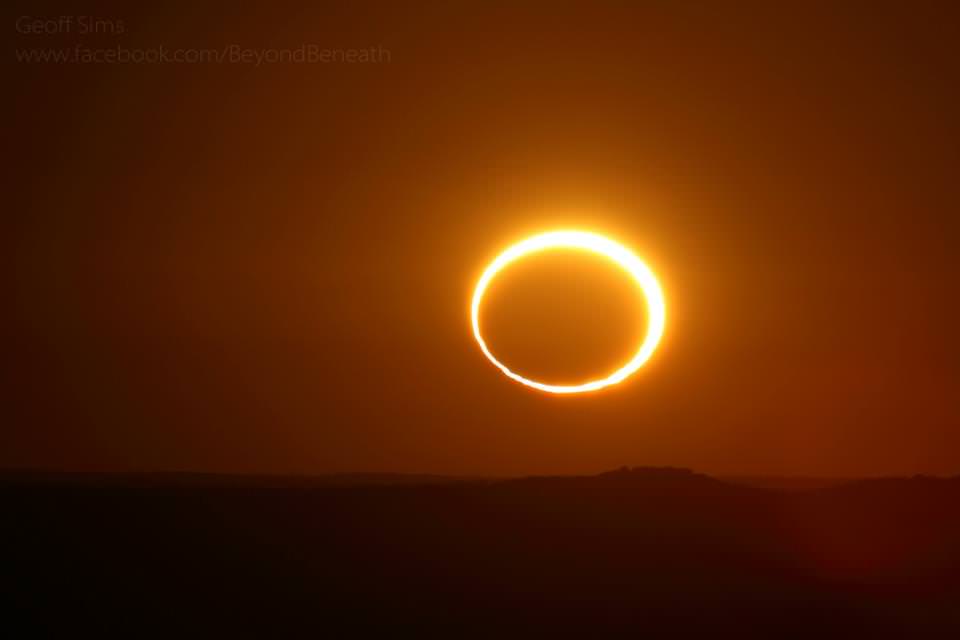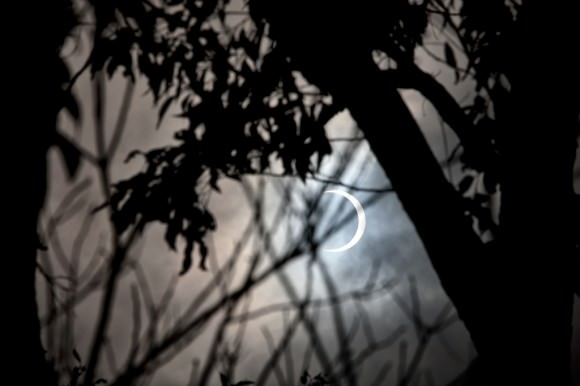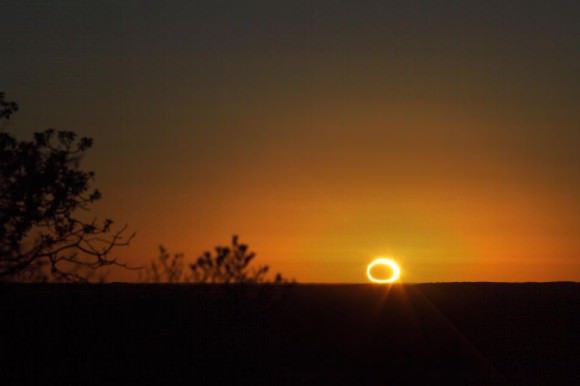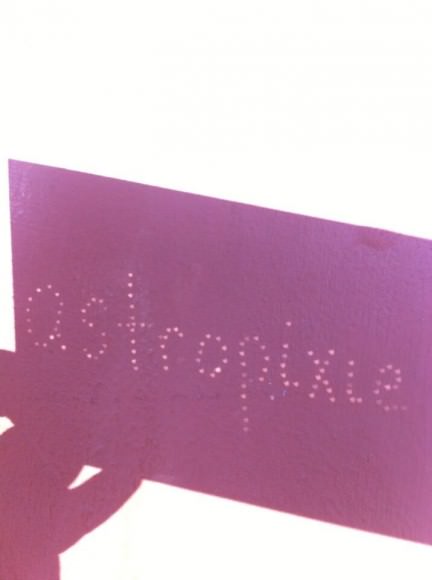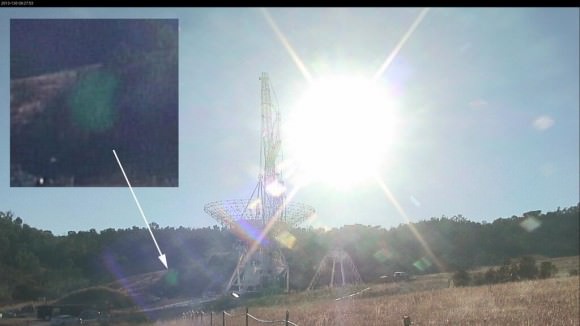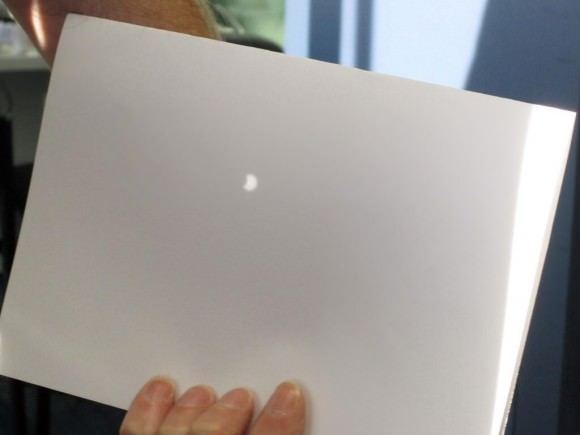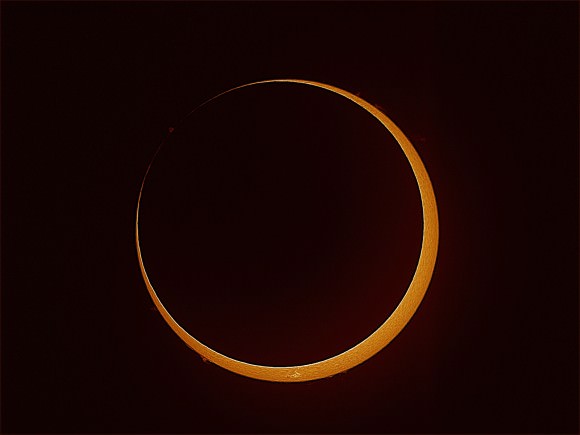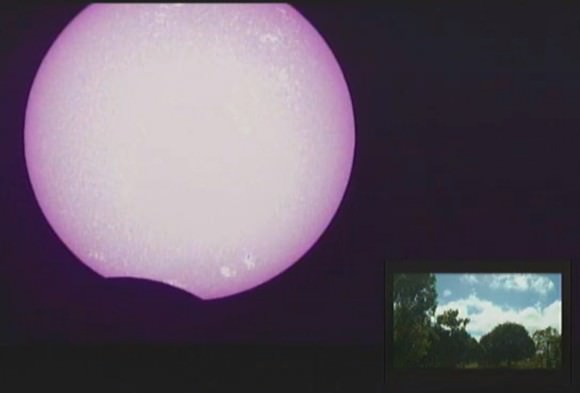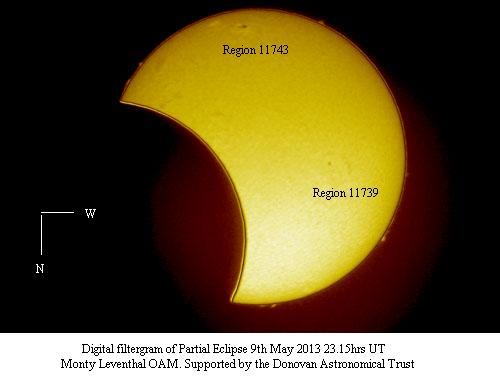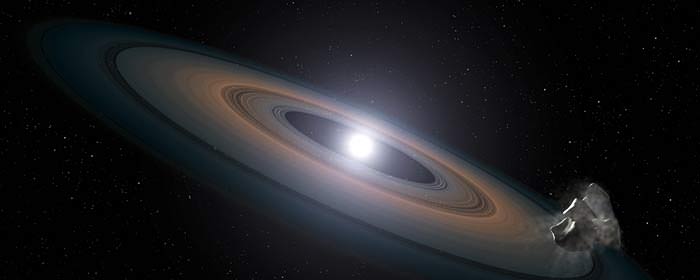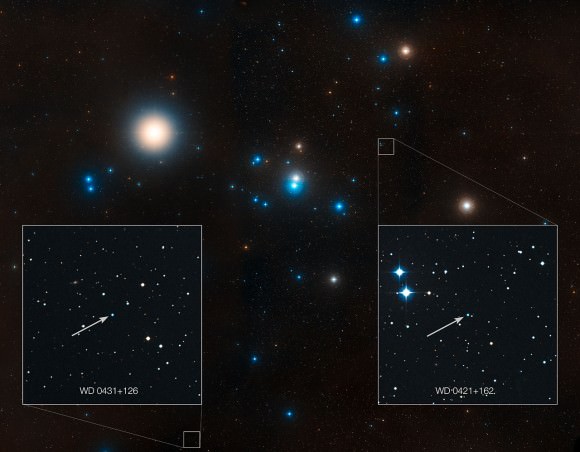NASA’s Curiosity rover reaches out in ‘handshake’ like gesture to welcome the end of solar conjunction and resumption of contact with Earth. This mosaic of images was snapped by Curiosity on Sol 262 (May 2, 2013) and shows her flexing the robotic arm with dramatic scenery of Mount Sharp in the background. Two drill holes are visible on the surface bedrock below the robotic arm’s turret where she discovered a habitable site.
Credit: NASA/JPL-Caltech/Ken Kremer-(kenkremer.com)/Marco Di Lorenzo[/caption]
NASA’s Curiosity rover has reached out in a Martian ‘handshake’ like gesture welcoming the end of solar conjunction that marks the resumption of contact with her handlers back on Earth – evidenced in a new photo mosaic of images captured as the robot and her human handlers contemplate a short traverse to a 2nd drilling target in the next few days.
“We’ll move a small bit and then drill another hole,” said John Grotzinger to Universe Today. Grotzinger, of the California Institute of Technology in Pasadena, Calif., leads NASA’s Curiosity Mars Science Laboratory mission.
The rover science team and Grotzinger have selected that 2nd drill location and are itching to send the rover on her way to the bumpy spot called “Cumberland.”
Cumberland lies about nine feet (2.75 meters) west of the “John Klein’ outcrop where Curiosity conducted humanity’s first ever interplanetary drilling on the alien Martian surface in February 2013.
“We’ll confirm what we found in the John Klein hole,” Grotzinger told me.
Curiosity discovered a habitable zone at the John Klein drill site.
After pulverizing and carefully sifting the John Klein drill tailings, a powered, aspirin sized portion of the gray rock was fed into a trio of inlet ports atop the rovers deck and analyzed by Curiosity’s duo of miniaturized chemistry labs named SAM and Chemin inside her belly to check for the presence of organic molecules and determine the inorganic chemical composition.
‘Cumberland’ and ‘John Klein’ are patches of flat-lying bedrock shot through with pale colored calcium sulfate hydrated mineral veins and a bumpy surface texture at her current location inside the ‘Yellowknife Bay’ basin.
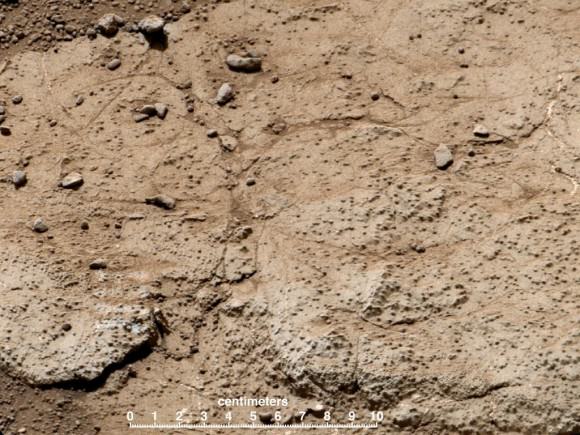
“The bumpiness is due to erosion-resistant nodules within the rock, which have been identified as concretions resulting from the action of mineral-laden water,” NASA said in a statement.
Curiosity snapped high resolution color images of Cumberland on Sol 192 (Feb. 19, 2013) as part of the ongoing data collection campaign to put Yellowknife Bay into scientific context and search for future drill targets.
The John Klein bore hole (drilled on Feb 8, 2013, Sol 182) is visible in our new photo mosaic above created by myself and my imaging partner Marco Di Lorenzo. It was stitched from a ‘Martian baker’s dozen’ of raw images captured on May 2 (Sol 262). and shows the hand-like tool turret positioned above the first pair of drill holes.
Our new Sol 262 mosaic illustrates that Curiosity is again fully functional and flexing the miracle arm following a relaxing month long period of ‘Spring Break’ when there was no two- way communication with Earth during April’s solar conjunction.
The Sol 262 photo mosaic was originally featured at NBC News by Cosmic Log science editor Alan Boyle who likened it to a future Martian handshake in this cleverly titled story; “Curiosity’s ‘hand’ outstretched on Mars: Will humans ever shake it?”
See below our Sol 169 panoramic context view of Curiosity inside Yellowknife Bay collecting spectroscopic science measurements at the John Klein outcrop.
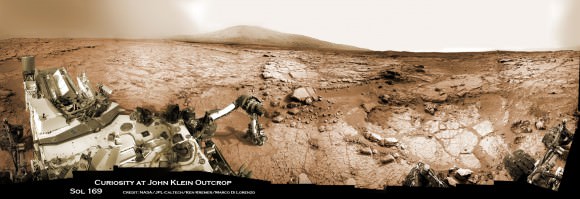
Curiosity found that the fine-grained, sedimentary mudstone rock at the John Klein worksite inside the shallow depression known as Yellowknife Bay possesses significant amounts of phyllosilicate clay minerals; indicating the flow of nearly neutral liquid water and a habitat friendly to the possible origin of simple Martian microbial life forms eons ago.
Grotzinger also explained to Universe Today that Curiosity will soon to more capable than ever before.
“We’ll spend the next few sols transitioning over to new flight software that gives the rover additional capabilities’” said Grotzinger.
“Then we’ll spend some time testing out the science instruments on the B-side rover compute element – that we booted to before conjunction.”
Curiosity will spend a month or more at the Cumberland site to collect and completely analyze the drill tailings.
Then she’ll resume her epic trek to mysterious Mount Sharp, the 3.5 mile (5 km) high mountain that dominates her landing site and is her ultimate driving inside Gale Crater according to Grotzinger.
“After that [Cumberland] we’re likely to begin the trek to Mt. Sharp, though we’ll stop quickly to look at a few outcrops that we passed by on the way into Yellowknife Bay,” Grotzinger explained to Universe Today.
The Shaler outcrop passed by on the path into Yellowknife Bay is high on the list of stops during the year long journey to Mount Sharp, says Grotzinger. Read more details about Shaler in a new BBC story by Jonathan Amos – here – featuring our Shaler outcrop mosaic.
And don’t forget to “Send Your Name to Mars” aboard NASA’s MAVEN orbiter- details here. Deadline: July 1, 2013
…………….
Learn more about Mars, Curiosity and NASA missions at Ken’s upcoming lecture presentation:
June 12: “Send your Name to Mars” and “Antares Rocket Launch from Virginia”; Franklin Institute and Rittenhouse Astronomical Society, Philadelphia, PA, 8 PM.
